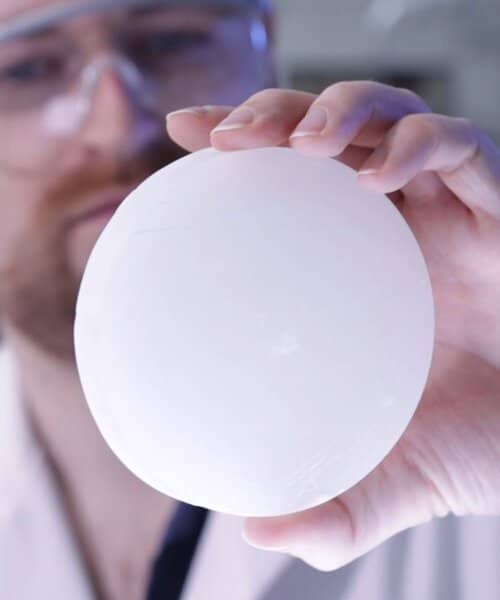A team of researchers from Martin Luther University Halle-Wittenberg (MLU) and the University of Leipzig in Germany has developed a new heat storage material that could be used in buildings to increase their energy efficiency.
The substance, known as phase change material or ss-PCM for short, changes from solid to liquid and absorbs thermal energy in the process. As the material hardens, the stored heat is released. Imagine a chemical mechanism similar to that of disposable hand warmers, those small "sachets" that release heat.
The research was published in ScienceDirect, and I link it here.
Energy from rice
The breakthrough with this heat-storing material is twofold: One, the researchers say it's 5 times more efficient. Due, it is composed of eco-compatible fatty acids and additives extracted from rice husk.
“Shape-stabilized phase change materials (ss-PCMs) can store up to five times more thermal energy than commercially available composite PCM boards based on core-shell PCMs, but have low mechanical stability. Therefore, we recently synthesized ss-PCM with high mechanical stability via a new process.”

A more efficient thermal mass
Stable, efficient and ecological. The research team believes the new material is ideal for the construction sector. When integrated into wall panels, this material can absorb heat when the sun is shining and release it at night, or when the temperature drops.
There are already materials used for this: bricks and concrete, but the heat accumulation of this material is exceptional, up to 24 times that of concrete and conventional panels.
Accumulation of heat from rice: next steps
The research team is planning new laboratory tests to develop the material: the possibility of using it for the passive cooling of solar panels (increasing their efficiency) is also being studied.
Felix Marske, lead author of the study, comments: “The knowledge we are gaining can be used to further optimize the material and potentially produce it on an industrial scale.”
That's what I expect.


